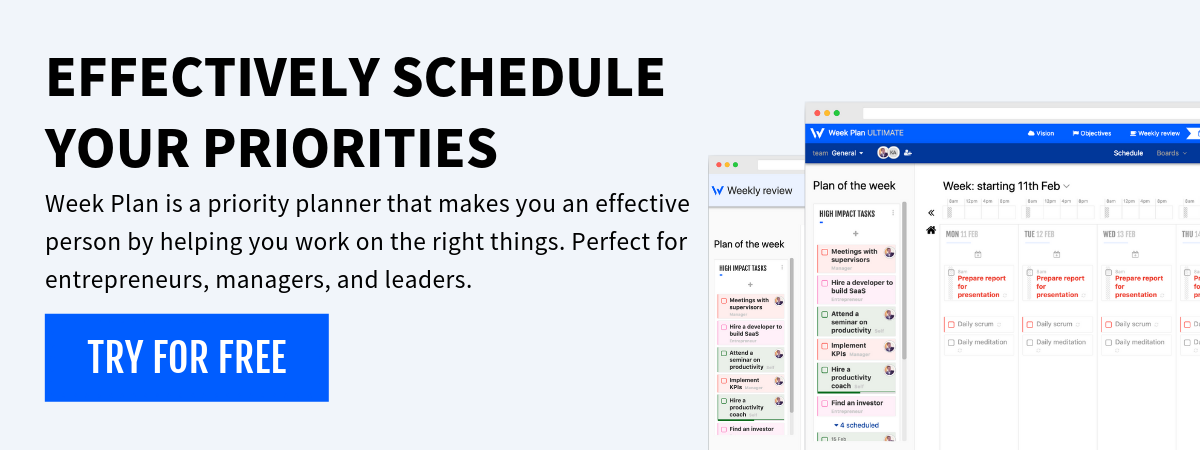The Three-Strike System is a straightforward yet effective approach to managing tasks and responsibilities, both in personal and professional settings. Rooted in the principles of accountability and discipline, this method applies a “three strikes, you’re out” rule to the completion of tasks, encouraging individuals to follow through on commitments within a set timeframe or face predetermined consequences.
Understanding the Three-Strike System
The system works by assigning a “strike” each time a task is not completed by its deadline or a commitment is not met. Upon receiving three strikes, a predefined consequence is applied, serving as a motivator to accomplish tasks efficiently and effectively.
Components of the Three-Strike System
Task Identification: Clearly defining and outlining the tasks or objectives that need to be accomplished.
Strike Allocation: Assigning a strike each time a deadline is missed or a task is not completed satisfactorily.
Consequences: Establishing clear consequences that will be enforced upon the accumulation of three strikes.
Implementation of the Three-Strike System
Implementing the Three-Strike System involves several steps, tailored to encourage discipline and enhance productivity:
1. Setting Clear Objectives
Begin by using tools such as the Goal Planner to set clear, measurable objectives. Clearly defined goals ensure that expectations are understood from the start.
2. Monitoring Progress
Utilize task management tools like the Task Planner to monitor the progress of tasks. Regular check-ins can help identify potential roadblocks early on.
3. Enforcing Consequences
Decide on and clearly communicate the consequences of accumulating three strikes. These could range from additional work to the loss of privileges, depending on the context.
4. Reflecting and Adjusting
After the enforcement of consequences, take time to reflect on the challenges that led to the strikes. The Productivity Planner can be a valuable tool for this analysis, helping to adjust strategies for better future performance.
The Role of the Three-Strike System in Time Management
While the Three-Strike System is not explicitly a time management tool, its principles directly impact how individuals and teams manage their time. By introducing tangible consequences for missed deadlines, the system encourages better planning, prioritization, and execution of tasks. This leads to more efficient use of time and resources, ultimately enhancing overall productivity.
Benefits
1. Improved Accountability
The system fosters a sense of responsibility towards meeting deadlines and completing tasks.
2. Enhanced Productivity
By discouraging procrastination, the system can lead to a more productive use of time.
3. Clear Consequences
The establishment of clear consequences helps to underline the importance of task completion.
Challenges
1. Adaptability
Adjusting to the rigidity of the Three-Strike System can be challenging for some individuals or teams.
2. Consequence Management
Ensuring that consequences are fair and appropriately enforced can require careful consideration.
Conclusion
The Three-Strike System offers a structured approach to enhancing productivity and accountability through the strategic management of tasks and deadlines. By implementing clear goals, monitoring progress, and enforcing consequences, individuals and teams can improve their discipline and efficiency. Although adapting to this system may present initial challenges, the benefits of improved time management and productivity make it a compelling strategy for those looking to optimize their work or personal projects.

More Posts
10 Weekly Goals to Boost Your Progress
Setting goals for personal and professional growth can feel hard without a plan. Using the SMART goals method can make you more productive and help you focus. The SMART method means Specific, Measurable, Attainable, Relevant,...
8 Bad Financial Habits that You Should Break
Good financial habits are like daily routines that keep you healthy. Just like brushing your teeth or sleeping well. But, many Americans find it hard to manage their money well. Only 43% could...
12 Powerful Time Management Habits Women Have
Time management is key for success today, especially for busy women. Learning good schedule skills increases productivity. Authors like Sally Helgesen and Marshall Goldsmith note behaviors that might hold women back at work....
11 Best Employee Recognition Ideas
Recognition in the workplace is an influential factor for employee satisfaction and motivation. The act of appreciating staff efforts not only fulfills their need for acknowledgment but also fosters a supportive company culture....